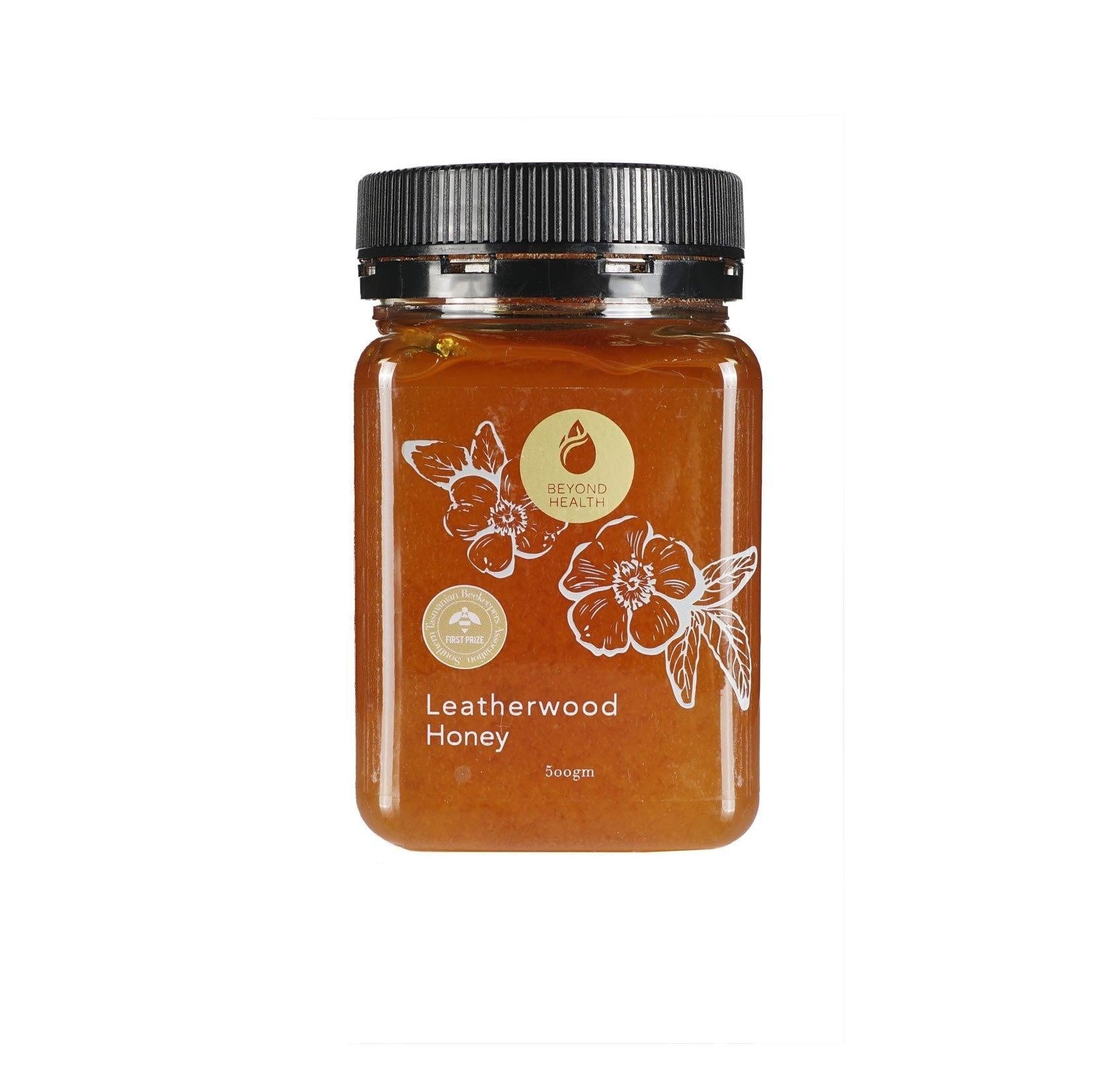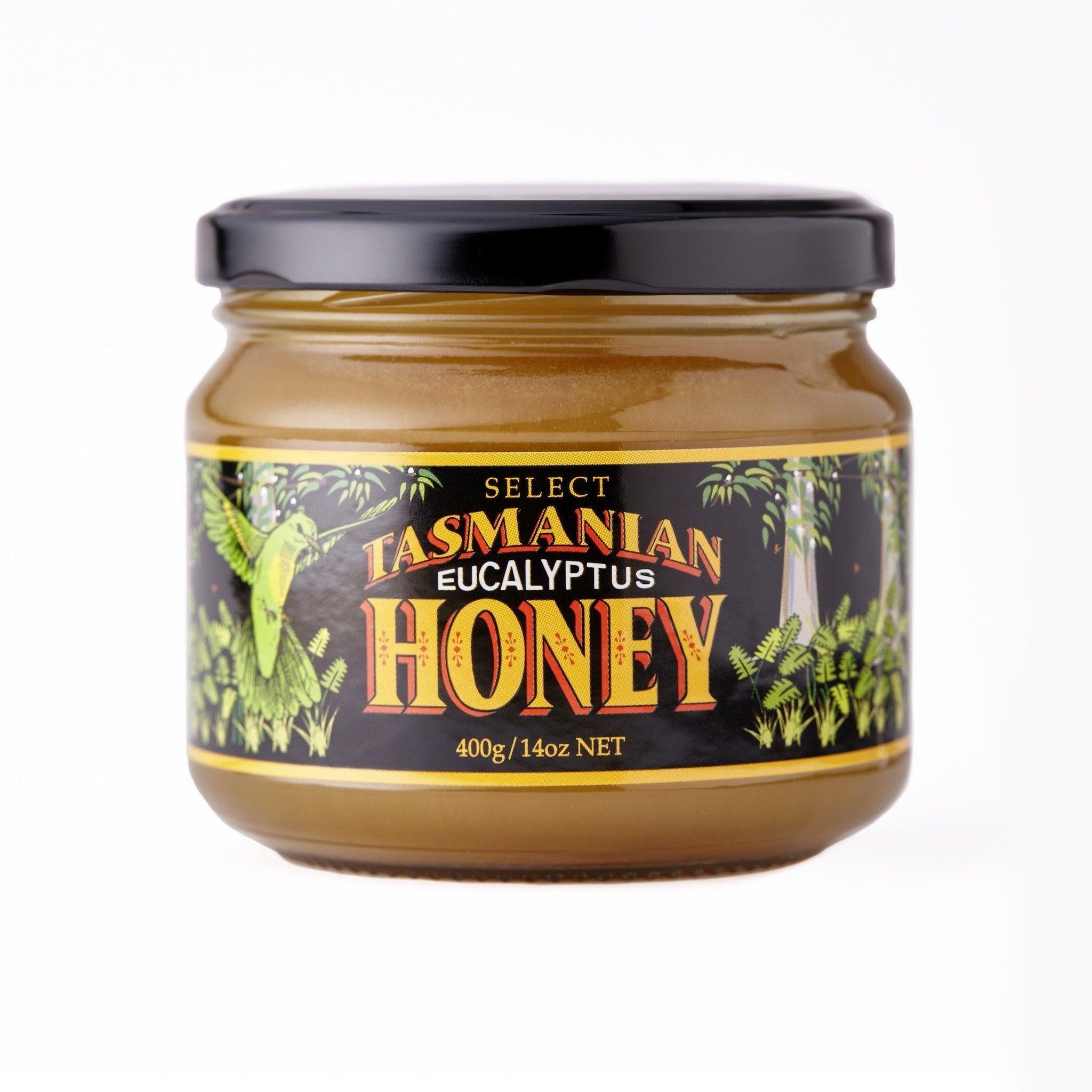Your shopping bag is empty
Ulnar Collateral Ligament
- Posted by: Enquiry Admin
- Comments: 0
- Categories: Health
Understanding the Ulnar Collateral Ligament: Function, Injuries, and Recovery
Introduction
The human body is a remarkable system made up of various intricate structures. Also, it includes ligaments that provide stability and support to joints. One such crucial ligament is the ulnar collateral ligament (UCL), which also plays a vital role in the stability of the elbow joint. In this comprehensive article, we will look into the anatomy and function of the ulnar collateral ligament. Also, we will explore common injuries that affect it, and discuss strategies for recovery and prevention. Additionally, we will touch upon the importance of nutrition, eating green, whole foods, and even aspects of the keto diet, weight loss, and hydration in supporting overall joint health and rehabilitation.
Anatomy and Function of the Ulnar Collateral Ligament
It is a band of tissue located on the inner side of the elbow joint. In fact, it consists of three distinct components: the anterior bundle, the posterior bundle, and the transverse ligament. Together, these structures provide stability to the elbow joint and prevent excessive sideways movement.
Ulnar Collateral Ligament Injuries
Injuries to this ligament commonly occur due to repetitive stress, trauma, or overuse. Athletes involved in sports that require repetitive throwing motions, such as baseball players, are particularly susceptible to UCL injuries. These injuries can range from mild sprains to complete tears, resulting in pain, swelling, and limited range of motion in the affected elbow.
Recovery and Rehabilitation
The treatment and rehabilitation of ulnar collateral ligament injuries depend on the severity of the injury. In mild cases, conservative approaches such as rest, physical therapy, and anti-inflammatory medications may be sufficient. However, severe tears may require surgical intervention followed by a comprehensive rehabilitation program to restore strength, stability, and function to the elbow joint.
The Role of Nutrition in Joint Health and Recovery
Proper nutrition plays a crucial role in supporting overall joint health and aiding in the recovery process. Consuming a well-balanced diet rich in essential nutrients, vitamins, and minerals is essential for maintaining healthy ligaments, tendons, and bones. Additionally, specific dietary strategies, such as eating green, incorporating whole foods, and even aspects of the keto diet, can provide benefits in terms of reducing inflammation, promoting weight loss, and supporting overall joint health.
Hydration and Joint Health
Maintaining proper hydration is vital for optimal joint health and function. Water helps to lubricate the joints, facilitating smooth movement and reducing friction. Dehydration can lead to decreased joint lubrication, potentially increasing the risk of joint injuries and impairing the recovery process. Therefore, staying adequately hydrated is essential for supporting the health of the ulnar collateral ligament and other joints in the body.
Sources
- "Anatomy and Function of the Elbow Joint" - OrthoInfo. Link
- "Ulnar Collateral Ligament Injury" - American Academy of Orthopaedic Surgeons. Link
- "Rehabilitation of Ulnar Collateral Ligament Injuries" - Sports Health. Link
- "Nutrition for Joint Health: What You Need to Know" - Arthritis Foundation. Link
- "The Importance of Hydration for Joint Health" - Healthline. Link
Conclusion on Ulnar Collateral Ligament
The ulnar collateral ligament is a critical structure that provides stability to the elbow joint. Therefore, understanding its anatomy, function, and common injuries can help individuals take proactive measures to protect and maintain the health of this ligament. Additionally, adopting a balanced and nutrient-rich diet, incorporating elements of eating green and whole foods, and considering the role of the keto diet, weight loss, and hydration can contribute to overall joint health and aid in the recovery process. Lastly, remember to consult with a healthcare professional for personalized advice regarding ulnar collateral ligament injuries or any other health concerns.






